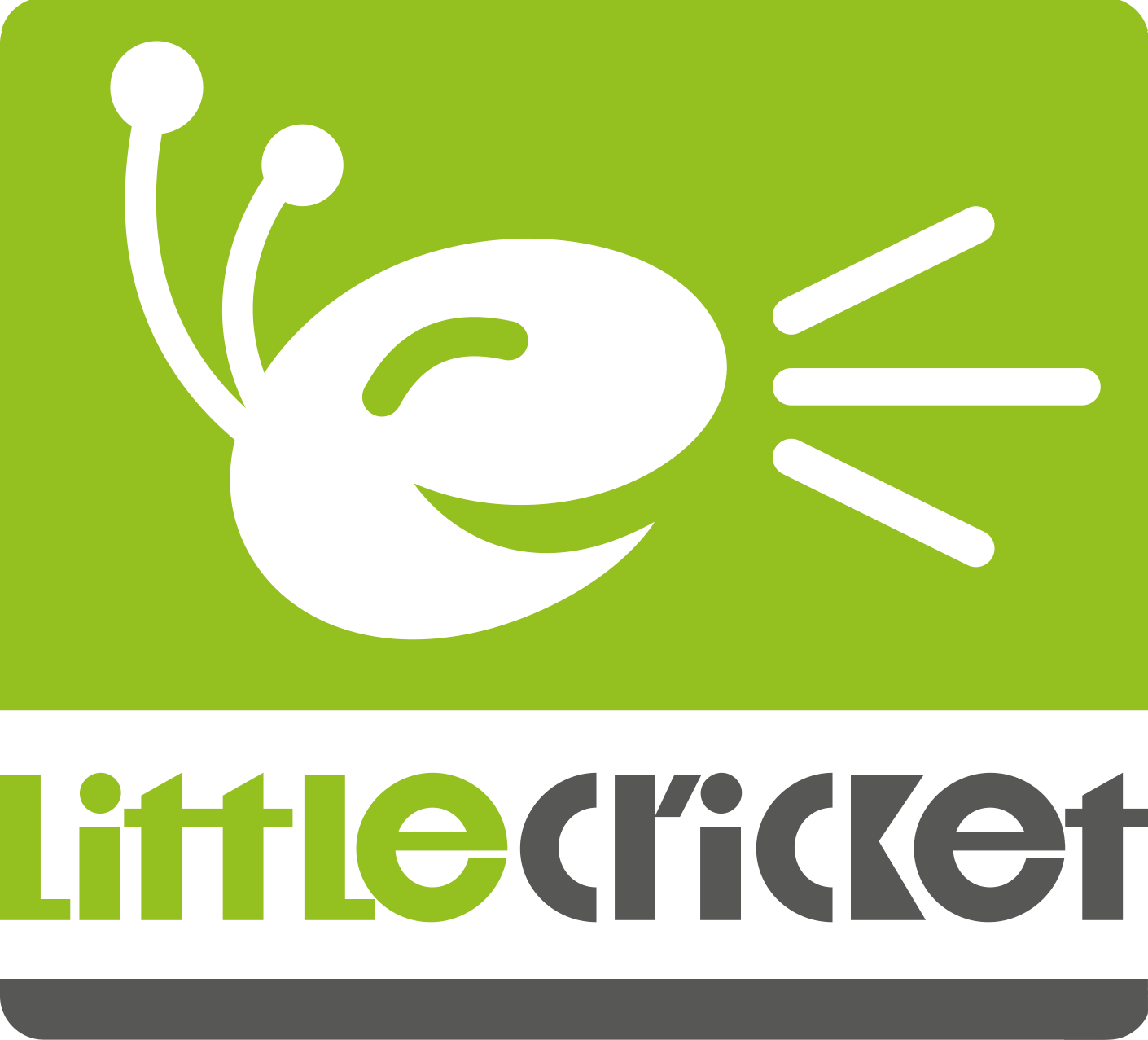At its core, creating content is an exercise in public relations. Sharing quality content with your target market creates a positive impression of your brand and builds your reputation. Great content gets shared and increases awareness and recognition. See? Just like PR.
But, as with all earned media, your content marketing success relies on the quality of your content.
Follow these steps to start creating content that attracts customers to your brand
1 – Stop talking about your brand
Good content attracts customers by providing something that they find interesting, useful or entertaining. Instead of telling people about your brand, learn everything you can about your target market, their problems and professional pain points, and then create content that appeals to them and their needs. Do this consistently and they’ll start trusting you as an expert in the field – and when they’re looking for a supplier you’ll be first in line because they already know and trust your brand.
2 – Choose the right format
It’s often easier and faster to write a blog than it is to create a video.
But video marketing is the “big thing” at the moment.
Neither of these are good reasons to choose either format for your next piece of content.
The most important factors in choosing whether to write a blog, produce a video or create content in any other format are
- which approach is best suited to communicating your message, and
- how your target market prefers to engage with content.
This doesn’t mean that data can only ever be represented as an infographic or that demonstrations have to be shared via video – just that you should consider the strengths and weaknesses of each format before choosing your approach.
Similarly, repurposing your content into various formats is a great way to reach different audiences, but you can’t just paste your entire written piece onto a powerpoint slide and post it on SlideShare – the content needs to be presented differently to suit the format.
3 – Consider your tone and language, then keep it consistent
The appropriate tone and language for your content will depend on the topic and target audience. A whitepaper might include technical terminology presented in a formal tone while an observational piece will probably use conversational language. Either way, don’t try and impress your readers with industry jargon or big words – they just make it harder to engage with your content.
Once you’ve established your tone, make sure that you maintain it throughout the piece. It’s particularly easy to end up with an irregular style in written pieces if you’re referencing other information or if you’re working on the piece over several days. Once you’ve finished writing, try step away from the piece for at least a few hours and then read it from start to finish to make sure your tone is consistent.
4 – Make it easy to engage with your content
Whatever format your content takes, focus on making it easy to read and introducing visual variety wherever possible to make it easy for your target market to engage with your content.
For written pieces, create “breathing spaces for the eye” and support skim reading by;
- Using a medium-sized font on a contrasting background. Check font sizes on various devices to ensure that your words aren’t a strain on the eye.
- Including multiple images to provide visual variety. A screen full of text isn’t engaging – scroll through your written piece and insert pictures at regular intervals so that the screen is never filled entirely with text.
- Limiting paragraphs to a few lines and introducing sub-headings to break the content up into smaller chunks. Subheadings should be like road signs, identifying the key sections or points of your piece, which the body copy expands on. A reader should be able to follow the content of your piece, and pick out the most important points, simply by skimming the subheadings.
Make video content more accessible by;
- Subtitling everything. Most video content is watched in busy offices or during commutes – don’t assume that your audience have headphones at hand.
- Providing a written description, or transcription, of what the video covers. A detailed description helps potential viewers make an informed decision about whether they want to invest their time in watching the whole video. Transcriptions provide an alternative way of engaging with the content (because not everyone consumes content in the same way) and are useful for SEO.
- Provide visual road signs. Video viewers’ equivalent of skim-reading is to shuttle through the content – but without audio they are more likely to miss out on bits they might find interesting. Clear subtitles and bold graphics that identify the focus of different parts of your video help these skim-viewers identify areas of interest and increase the likelihood of them viewing more of the video in real-time. Think of graphics in a video as the equivalent of subheadings in a written piece – and subtitles as the copy. This is especially important for longer videos that cover different topics.
5 – Get quality and quantity right
You can’t build a brand’s reputation or earn your target market’s trust through one great piece of content - or through lots of rubbish ones. The more good-quality content you can produce, the quicker you’ll start attracting potential customers to your brand. The key to achieving this is to create a realistic content plan and then commit to it. Marketing is as important as any other aspect of your business – because if you don’t attract customers, you won't have a business.
Get in touch to find out how Little Cricket can help you create irresistible content






